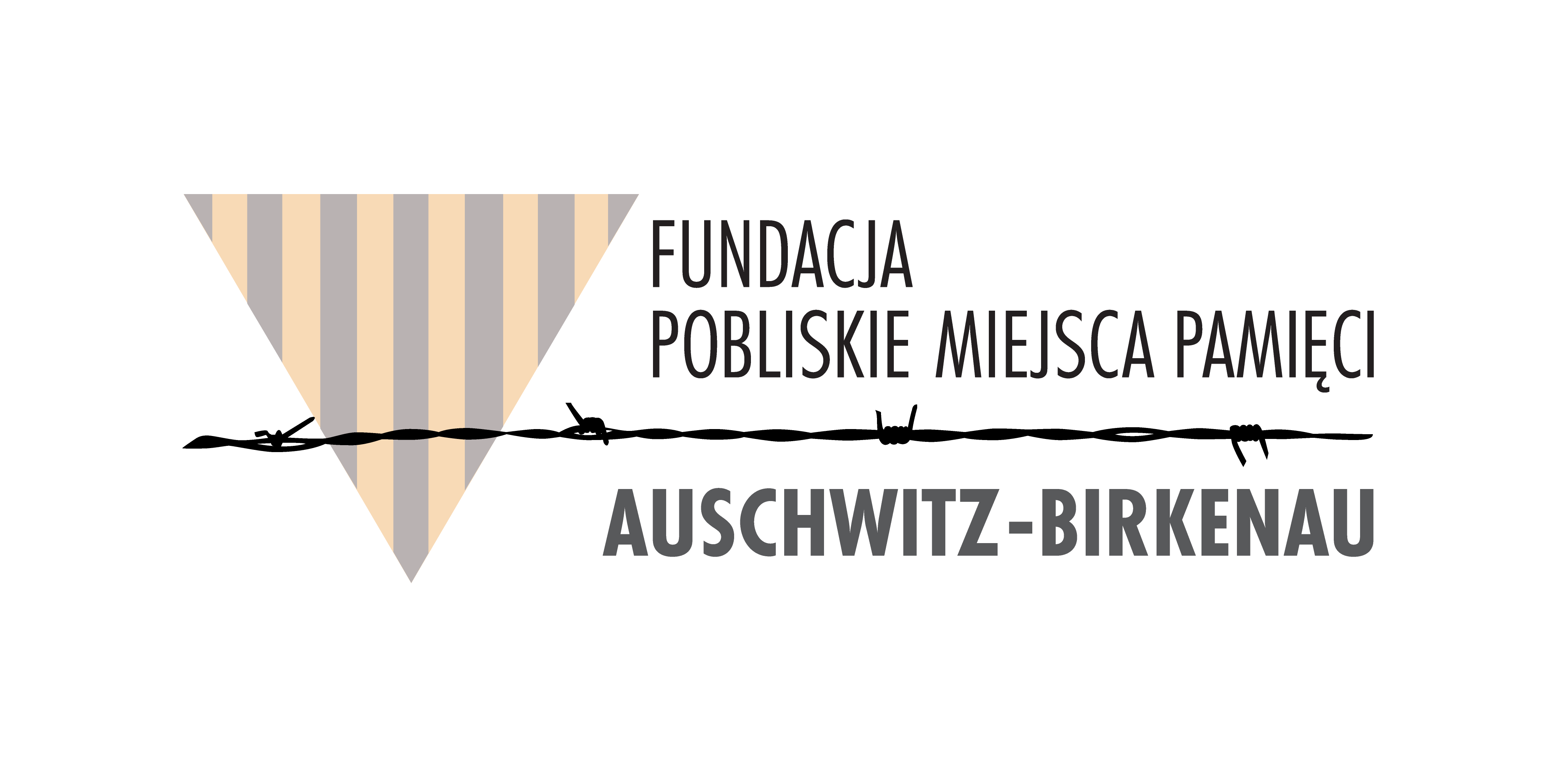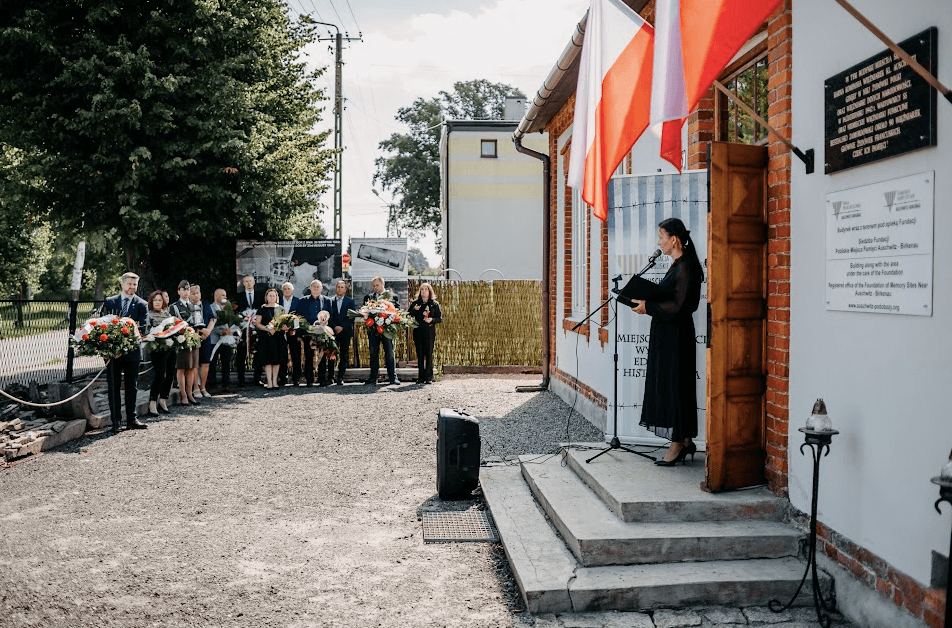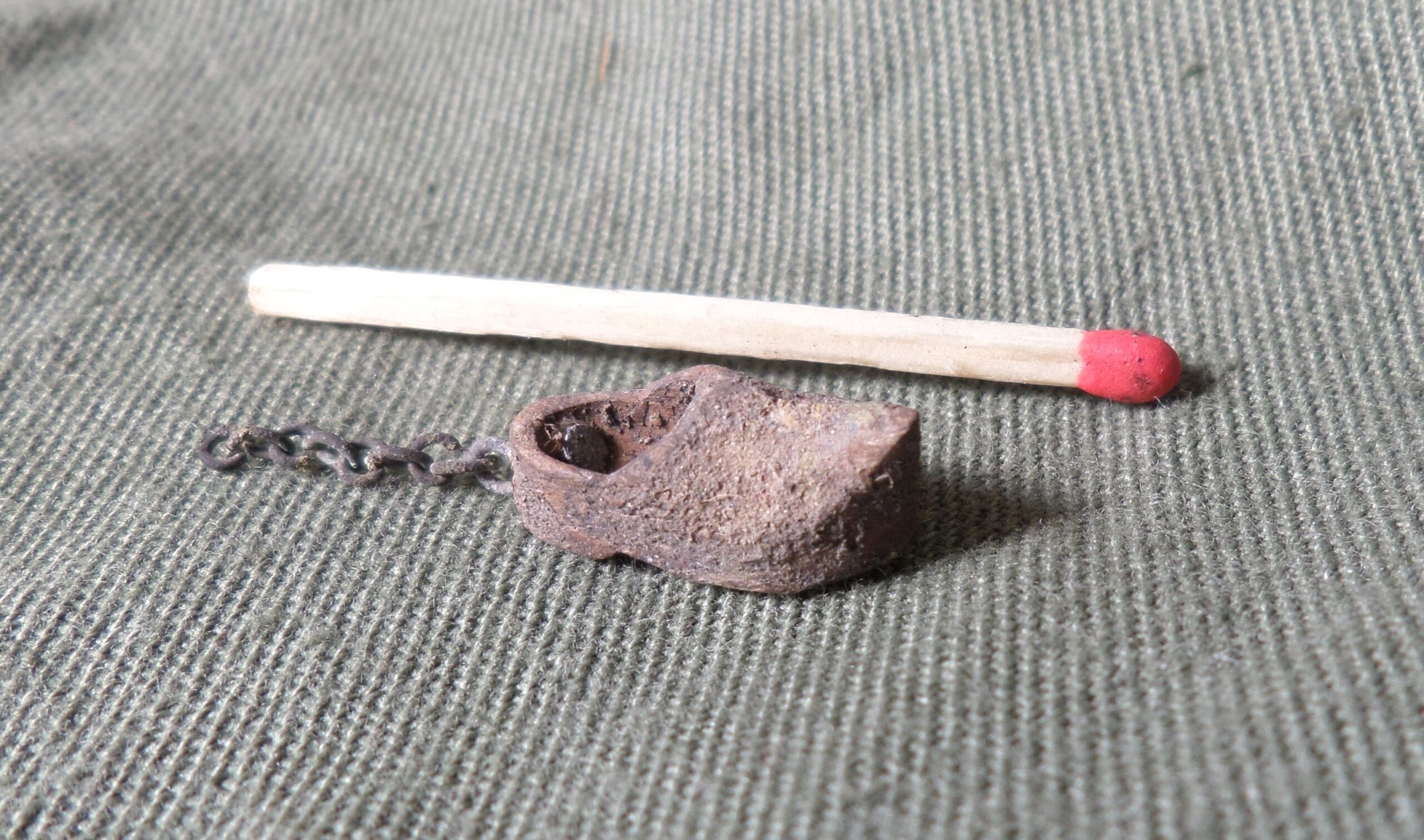Today is the 74th anniversary of creating first external female penal company of KL Auschwitz, in the pre-war school building in Brzeszcze/Bór that our Foundation takes care of and which is our registered office. In the first transport to the penal company in Bór were sent more than 400 women, prisoners of KL Auschwitz.
Creating the penal company was strictly connected with escape from KL Auschwitz on the day 24th of June 1942 from the female commando Polish prisoner Janina Nowak. Germans, to strict up the discipline, ordered mass responsibility. Heads of all 200 women from the comanndo have been shaven, and the commando itself has been transformed into penal company, then on 25th of June sent with 200 Jewish women of many nationalities to a newly created penal subcamp in Budy/Bór. The prisoners, mostly Poles (200 women) have been quartered in brick pre-war school building, and in the wooden barrack erected nearby were quartered all the other, Jewish women prisoners (200 of them) of all other nationalities. The penal company consisted in half of Poles, then in some percent of Jewish women from Slovakia, Russia, Ukraine, Yugoslavia, Czech Republic and Germany. The numbers in the commandy were constantly filled by sending prisoners from the main camp KL Auschwitz.
Function prisoners in the penal company were Germans, mostly prostitues and criminals sent from other camps, like Ravensbruck. On the ground floor of the school lived the block kapo and the elder of the camp (oberaufseherin), on the attic and other rooms function kapo, komandofuhrers, anweisers and by groups some of the inmates, all the other prisoners lived in the wooden barrack between the school building and fire station. In the fire statiob (today the building does not exist, on its place has been constructed a new, large fire station along with community house) located nearby was placed the mess hall, which at the beggining was also used as the shower room. At the garden by the school there was also a well (exisiting today) from which the prisoners collected water. With the time, by the school building they created a new latrine building along with washroom (today we can still see the fundamanets of it at the end of Educational Path). The area of penal company was fenced with two rows of un-electrified barbed wire and four watchtowers, at night between the fences, dogs were let loose.
Prisoners of the penal commando worked in the naerby woods (cleaned the trees of branches and readied them for transport for the camp, which was not a work for women and was utterly exhausting for them), dug trenches, deepened the vistula river. Several hundred metres from the school building there are fishing ponds (way to the right – area Nazieleńce, the other side KL Birkenau Harmęże). The prisoners, not regarding the aura or time of the year worked there by deepening (carrying out mud on handbarrows) or cleaning the banks of plants. They also did most of the field works in the area.
Hard work conditions and inhumane treating by the function prisoners, for many finished in death. In the second half of August 1942, part of the female commando of Poles were sent back to Birkenau, after two monts there were roughly 137 of them. Only such much manged to surivive from 200 sent there with the first transport.



